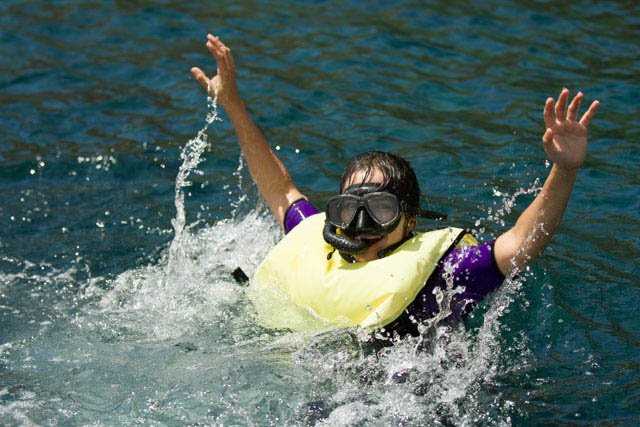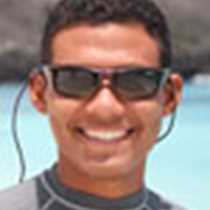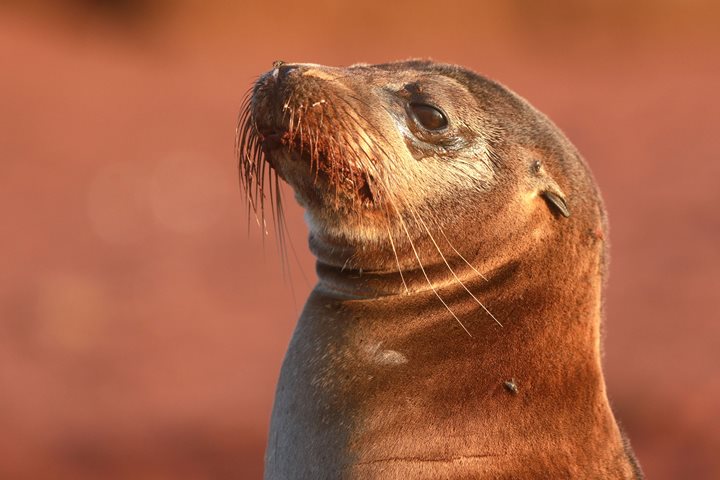Floreana Island is the first to be colonized by Ecuador back in 1832. Nowadays there are only a couple hundred people living in this isolated place. Today we visited three different locations combining water and land excursions, Punta Cormorant, Champion Islet and the Post Office Bay. In the morning we went on an early hike to find flamingos and stingrays. Later we moved the National Geographic Islander to find the elusive Floreana mockingbird, and also to snorkel in one of the two best sites for it in the Galapagos. And at the end of the day we visited the traditional barrel where postcards are sent to the relatives of the visitors using the old whaling tradition.
- Daily Expedition Reports
- 04 Jul 2017
Floreana Island, 7/4/2017, National Geographic Islander
- Aboard the National Geographic Islander
- Galápagos
Enrique Silva, Naturalist
Enrique was born and raised on San Cristóbal Island in the Galápagos Archipelago. His parents moved from mainland Ecuador to the islands in the 1980s in search of better opportunities. Growing up surrounded by the ocean, Enrique developed a strong co...
Read MoreShare Report
Related Reports
11/23/2022
Read
National Geographic Islander II
Isabela and Fernandina
Our day began with the chance to point out a lot of interesting geological features as we enjoyed Zodiac tours along a massive flank of Ecuador Volcano on Punta Vicente Roca. In the afternoon, we took a sunny walk on Punta Espinoza on Fernandina Island. We spotted many iguanas, and a bunch of sea lions hanging around, too.
11/22/2022
Read
National Geographic Islander II
North Seymour & Rabida Islands
Relatively small and low compared to neighboring Santa Cruz, North Seymour is located to the north of Baltra. The island is dry with predominantly low shrubs, like prickly pear cacti. The incense trees are bare during the dry season. Seabirds like frigatebirds and blue-footed boobies nest on the island, and sea lions rest on the sand when they are not fishing. Land and marine iguanas also live here. Rabida is in the middle of the archipelago and has a striking red sand beach. We observed a small colony of sea lions of all ages resting or nursing. Behind the beach, American flamingos nest in a brackish lagoon. This island is full of contrasts and wildlife that we enjoyed observing during this day of expedition.







